Place démocratique du 18 mai
13.3Km 2023-11-15
Geumnam-ro 1-ga, Dong-gu, Gwangju
+82-62-613-2082
Cette place s’étend près de la rue Geumnam-ro depuis le bâtiment du gouvernement provincial du Jeollanam-do. C’est là que les citoyens de Gwangju se sont rassemblés et qu’a éclaté le soulèvement populaire du 18 mai pour défendre la démocratie. En effet, au mois de mai 1980, de nombreuses réunions se sont organisées sur la tribune près de la fontaine devant le bâtiment du gouvernement provincial du Jeollanam-do, amorçant la révolte. Ainsi, depuis 1996, l’endroit a été baptisé « Place démocratique du 18 mai ».
Musée national de Gwangju (국립광주박물관)
13.4Km 2025-07-18
110, Haseo-ro, Buk-gu, Gwangju-si
+82-62-570-7000
Le musée national de Gwangju a été fondé pour promouvoir le développement des arts culturels, de la citoyenneté et de l'égalisation culturelle des provinces. La construction du musée a commencé en 1977 et il a été ouvert au public le 6 décembre 1978.
Construit en suivant le style traditionnel coréen, le musée national de Gwangju est un bâtiment à 6 étages, 2 en surface et 4 au sous-sol. Le musée d'une superficie de 3 305m² possède de grandes salles d'expositions.
* La collection du musée national de Gwangju et ses salles d'expositions
Le musée national de Gwangju présente divers reliques historiques trouvés dans la région Jeolla, y compris des reliques préhistoriques, des oeuvres d'arts en relation avec le bouddhisme, des poteries des périodes Baekje, Shilla unifié, Goryeo, Joseon et des reliques sous-marines trouvées sous la mer Sinan.
Temple Wongaksa (Gwangju) (원각사(광주))
13.4Km 2025-12-05
197, Jungang-ro, Dong-gu, Gwangju
Le temple Wongaksa est un centre de propagation du bouddhisme de la branche Songgwangsa de l’Ordre Jogye, situé dans le quartier animé de Geumnam-ro à Gwangju. Le site comprend le pavillon principal, reconstruit à l’époque moderne, le pavillon Wongaknu destiné aux activités sociales, ainsi que deux bâtiments annexes.
Devant le temple, la circulation automobile et le passage des piétons sont constants, et de nombreux fidèles viennent y prier. Diverses réunions et manifestations y sont organisées dans le cadre des activités de propagation. La librairie Bulil, située dans l’enceinte du temple, vend directement des objets bouddhiques, ce qui constitue une aide précieuse pour les pratiquants.
Les cérémonies régulières comprennent notamment les offices de Jijang, de Gwaneum, de Chosaheul, les offices du chœur, les offices pour enfants, collégiens et lycéens, jeunes adultes et laïcs, ainsi que les offices du groupe Geosarim. Le temple abrite également plusieurs groupes d’engagement religieux, tels que l’association des jeunes et l’association Seonwoo, qui mènent des actions caritatives dans des établissements sociaux, ainsi que le groupe Ulim, actif à travers des concerts solidaires.
Des activités culturelles sont également proposées, notamment le yoga ou encore des ateliers de peinture coréenne traditionnelle (sagunja), totalisant près de soixante programmes différents. Le temple Wongaksa, haut lieu de pratique fondé sur l’enseignement de la « double bienveillance et double bénédiction », dispose d’un site Internet et publie un bulletin bimestriel, remplissant pleinement son rôle de centre de propagation.
Musée d'art de Gwangju (광주시립미술관)
13.4Km 2021-02-01
52, Haseo-ro, Buk-gu, Gwangju
+82-62-613-7100
Le musée artistique de Gwangju a été créé le 1er août 1992. Depuis l’ouverture du hall de la biennale en 1995 et son incorporation au sein du siège de soutien de la biennale en 1996, c’est le musée artistique de Gwangju qui a géré la biennale de Gwangju. On peut y admirer environ 560 oeuvres d’artistes tels que Heo Baekryeon, O Jiho, Yang Sua et Im Jiksun, de célèbres artistes décèdés ayant eu des liens forts avec Gwangju et la province du Jeollanam-do de leur vivant, ainsi que des oeuvres d’artistes modernes encore actifs aujourd’hui. Le musée artistique de Gwangju organise de nombreuses expositions tout au long de l’année ainsi que des programmes pédagogiques et culturels ayant pour but de revitaliser l’industrie de l’art dans la région. Le musée de Gwangju est divisé en trois sections : le hall principal, le centre de soutien à l’éducation et le hall de la biennale. Il y a 18 galleries et 2 salons pour les visiteurs. Le hall principal est large de 2 800 m² et possède 4 salles d’exposition au rez de chaussée et 5 au premier étage. Le rez de chaussée est surtout utilisé pour exposer des oeuvres d’artistes coréens et étrangers renommés, tandis que le premier étage est utilisé pour des expositions à thèmes des oeuvres d’art que le musée possède. Dans des galeries plus petites se trouvent des expositions à la mémoire d’artistes comme Heo Baekryeon et O Jiho, ainsi que des oeuvres offertes par Ha Jeongung. Le hall de la biennale est un bâtiment de deux étages, d’une surface de 800 m², qui possède 5 salles d’exposition. Le centre de soutient à l’éducation est un bâtiment de plain pied de 1 300 m² qui abrite 3 salles d’exposition. On y trouve finalement d’autres installations, comme une librairie qui vend des ouvrages professionels et des magazines sur l’art, et un centre d’informations de l’art sur les expositions en Corée et à l’étranger.
Parc culturel de Jungoe (중외공원)
13.4Km 2021-03-26
52, Haseo-ro, Buk-gu, Gwangju
+82-62-613-7100
Le parc Jungoe est l’un des espaces de loisirs les plus connus du pays. Il y a un musée folklorique, un centre éducatif et un showroom biennal dans la section Biennale&Musée du parc. De plus, la section Grand Parc comprend de nombreux manèges et équipements de loisirs. Le parc est également connu pour ses magnifiques feuillages d’automne.
Centre culturel et artistique de l'Asie (국립아시아문화전당)
13.5Km 2024-10-25
38, Munhwajeondang-ro, Dong-gu, Gwangju
+82-1899-5566
Le centre culturel et artistique de l'Asie (Hub City of Asian Culture, Gwangju) désigne un complexe culturel thématique autour des cultures en Asie. On compte ici diverses structures comme le 'Theater Hall of Democratic Peace Square', le 'Culture Information Hall', le 'Cultural Creativity Hall', le 'ACC Children Hall', le 'Art Theater', le 'Asia Cultural Square', le 'Opening Square', le 'Sky Area', le 'Outdoor Space', le 'Asia Creation Studio', etc.
Parc national du Mt. Mudeungsan (무등산국립공원)
13.5Km 2025-07-28
Jisan-dong, Dong-gu, Gwangju-si / Damnyang-gun/Hwasun-gun, Jeollanam-do
+82-62-227-1187
Le parc régional du Mt. Mudeungsan se situe à la frontière de Gwangju entre Damyanggun et Hwaseonggun et il a été classé parc national en 1972. Le mont Mudeungsan mesure 1186 mètres d’altitude. Le sommet du mont Mudeungsan consiste en 3 pics : Cheonwangbong, Jiwangbong et Inwangbong.
Le mont est célèbre pour ces roches aux formes diverses, étendues en particulier autour du sommet Cheonwangbong. Mudeungsan est également connu pour ses beaux paysages changeants en fonction des 4 saisons. Durant l'automne le paysage des feuilles d’érables de Gyubongam et les herbes de Baekma sont très appréciés. En hiver le paysage enneigé est aussi prisé des randonneurs.
Geumnam-ro (금남로)
13.5Km 2023-11-15
Geumnam-ro, Dong-gu, Gwangju
La rue Geumnam-ro est un centre financier abritant de nombreuses banques, des compagnies d'assurance et divers bureaux. Durant le mouvement du 18 mai, les citoyens s'étaient rassemblés dans la rue Geumnam-ro pour exprimer leur soutien pour la nation. Il s'agit aujourd'hui d'un lieu de rencontres important pour les citoyens de la ville avec des centres du shopping, diverses performances ponctuelles, etc.
Rue des stars de la K-pop à Chungjang-ro (광주 충장로 케이팝 스타의 거리)
13.6Km 2025-12-09
94, Chungjang-ro, district de Dong-gu, Gwangju (Chungjangno 2-ga)
La Rue des stars de la K-pop a été aménagée pour revitaliser le paysage urbain vieillissant des environs et rendre hommage aux artistes de K-pop originaires de Gwangju, qui s’y entraînaient autrefois au chant et à la danse avant leurs débuts.
Dans la rue, un éclairage, des panneaux sur pied et une signalétique lumineuse ont été installés afin de créer une entrée accueillante. Des écrans géants et des façades médiatiques diffusent des vidéos K-pop et des contenus réalisés par les fans, tandis que des fresques représentant les pochettes d’albums des artistes, des bancs décorés de titres de chansons, des empreintes de mains et diverses sculptures jalonnent le parcours. Un banc coloré, décoré sur le thème d’un titre du groupe BTS, est devenu un lieu emblématique après que J-Hope y a pris une photo et l’a partagée en ligne. Il y a également laissé un message de remerciement, faisant de cet endroit une étape incontournable pour tout ARMY visitant Gwangju.
ACC world Music Festival (ACC 월드뮤직페스티벌)
13.6Km 2025-07-14
38, Munhwajeongang-ro, Dong-gu, Gwangju (Gwangsan-dong)
062-601-4692
Le 15e ACC World Music Festival 2024 est un festival musical sans fronières qui transcende les genres et les frontières nationales. A l'occasion de son 15e anniversaire, il présentera une riche programmation allant du légendaire Kim Chang-wan Band, figure emblématique de l'histoire de la musique populaire coréenne, au Kayhan Kalhor Trio, maître de la musique persane.
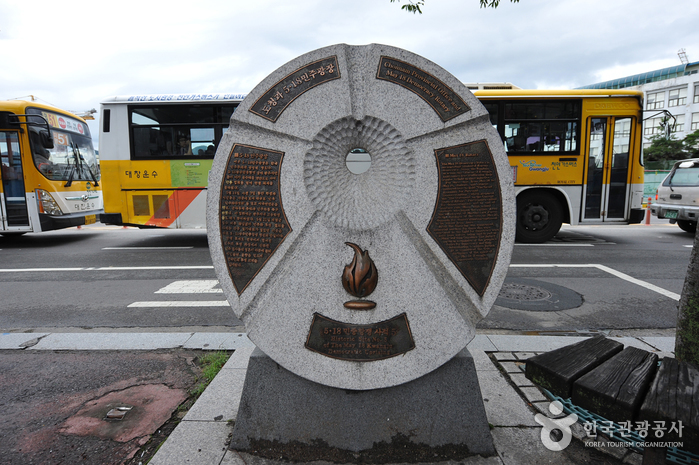

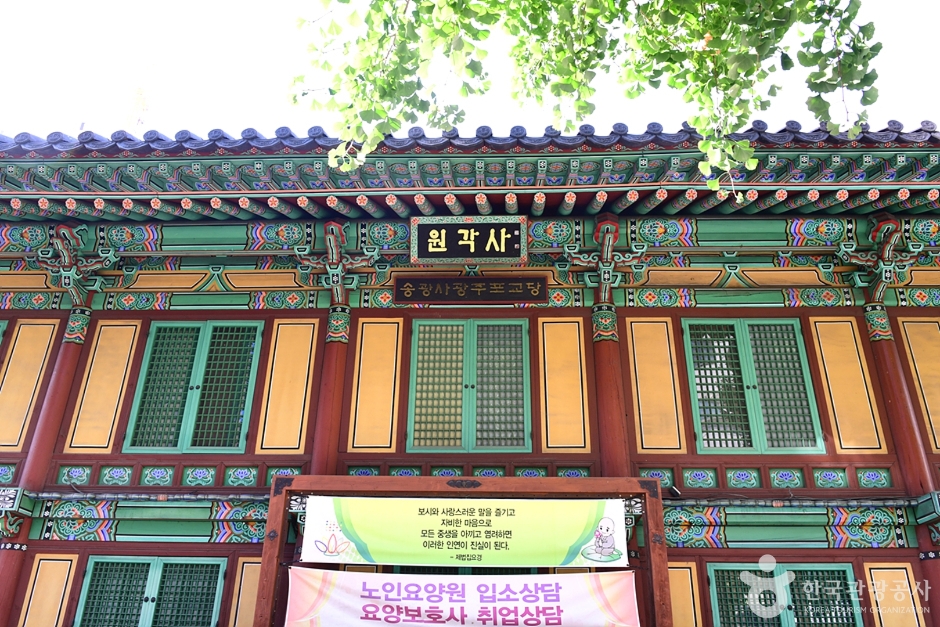
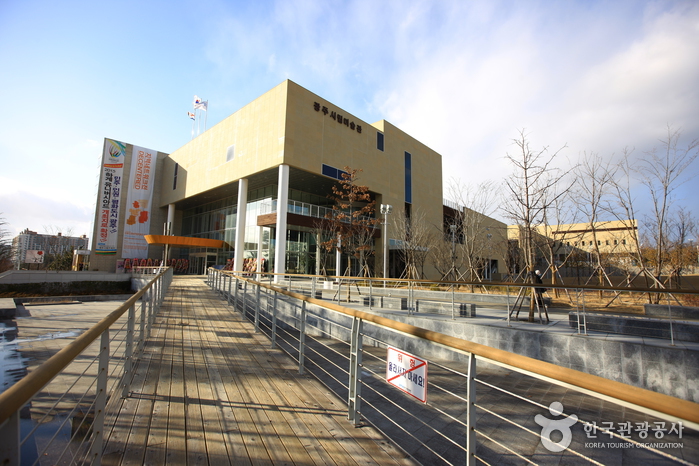
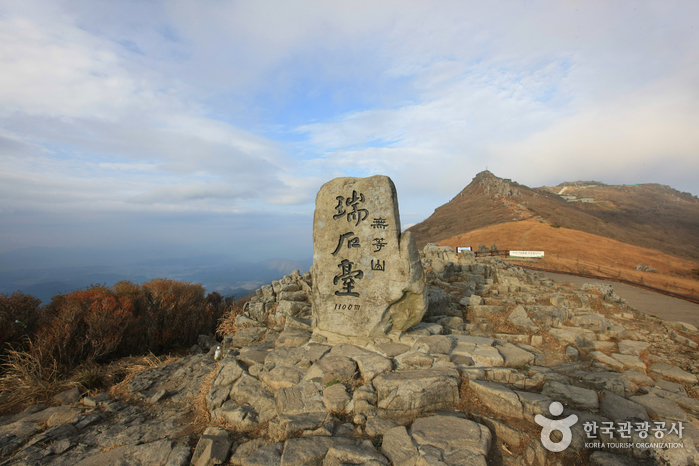
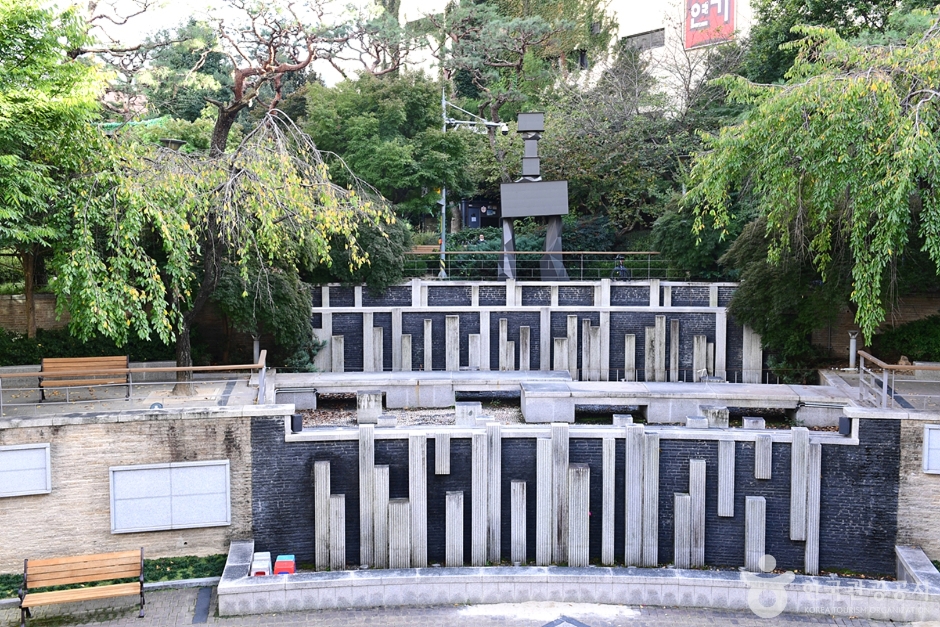
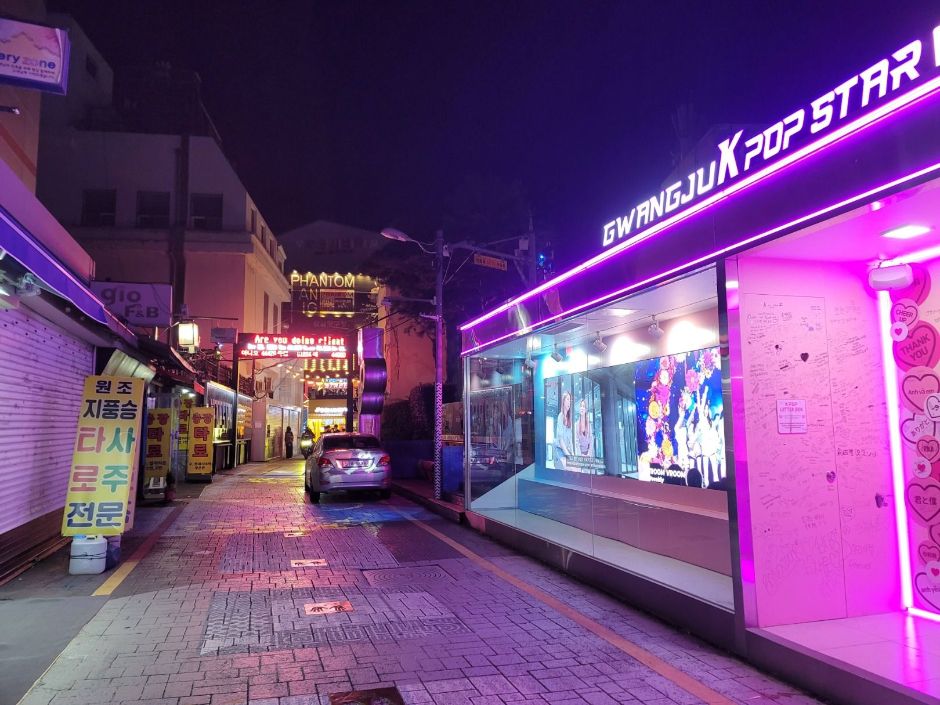
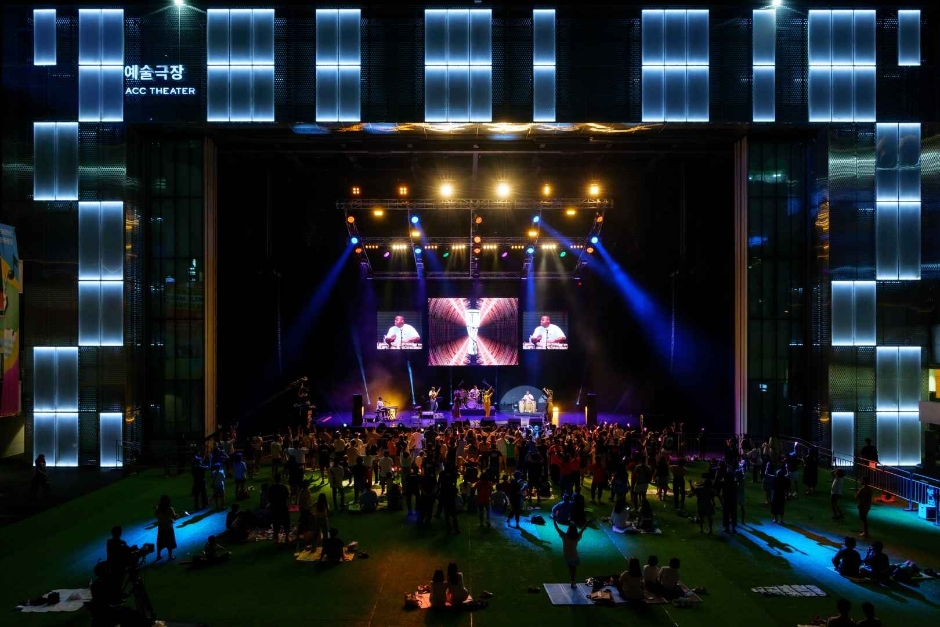
 Français
Français
 한국어
한국어 English
English 日本語
日本語 中文(简体)
中文(简体) Deutsch
Deutsch Español
Español Русский
Русский